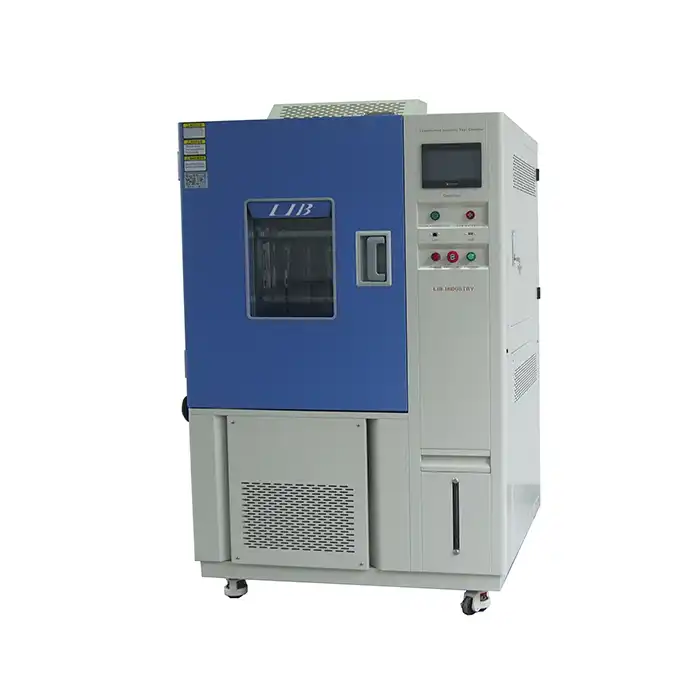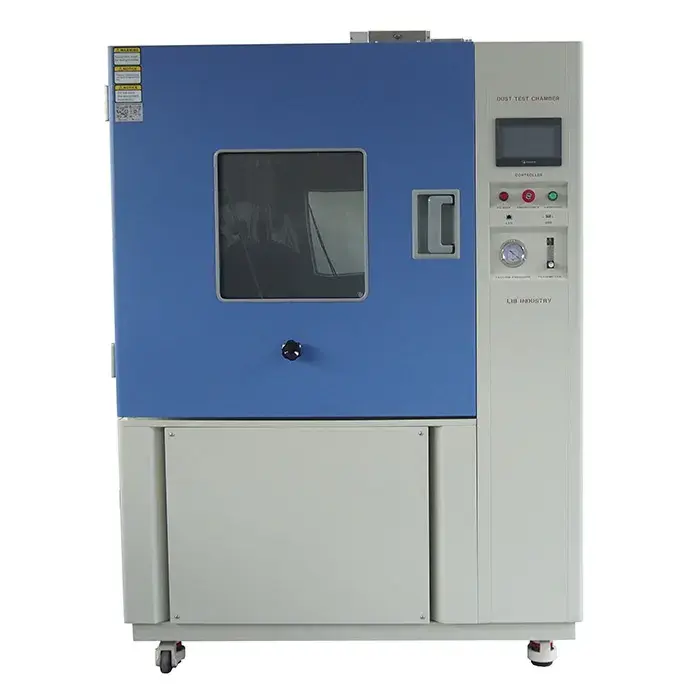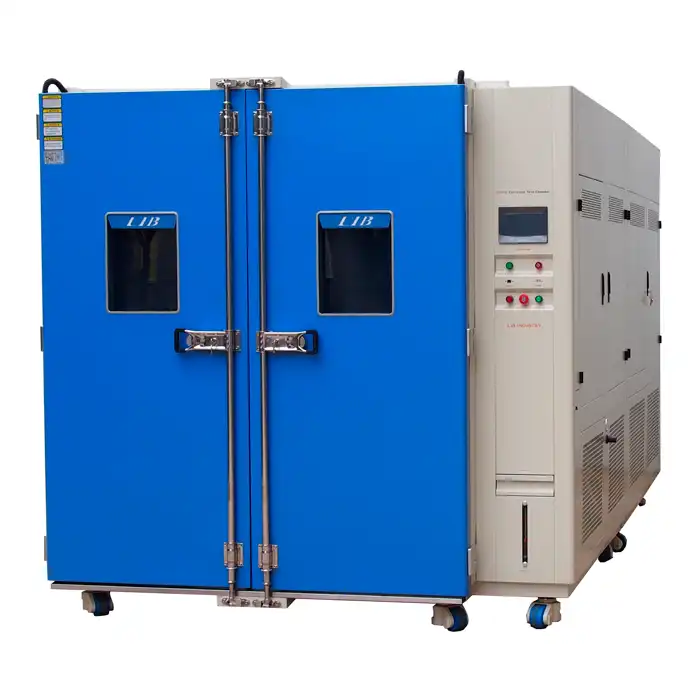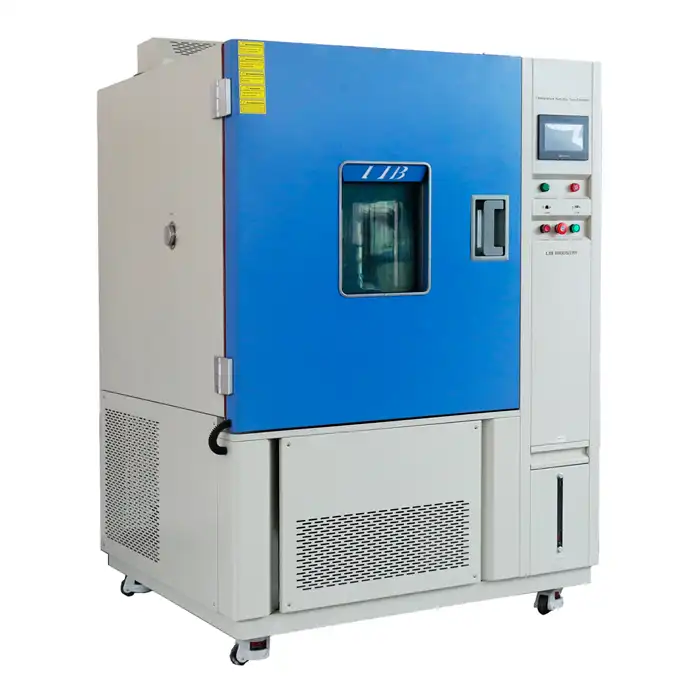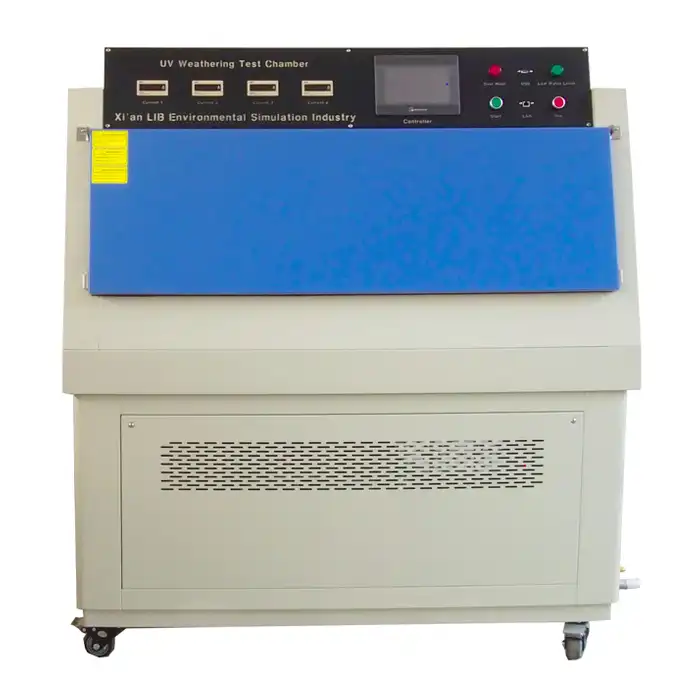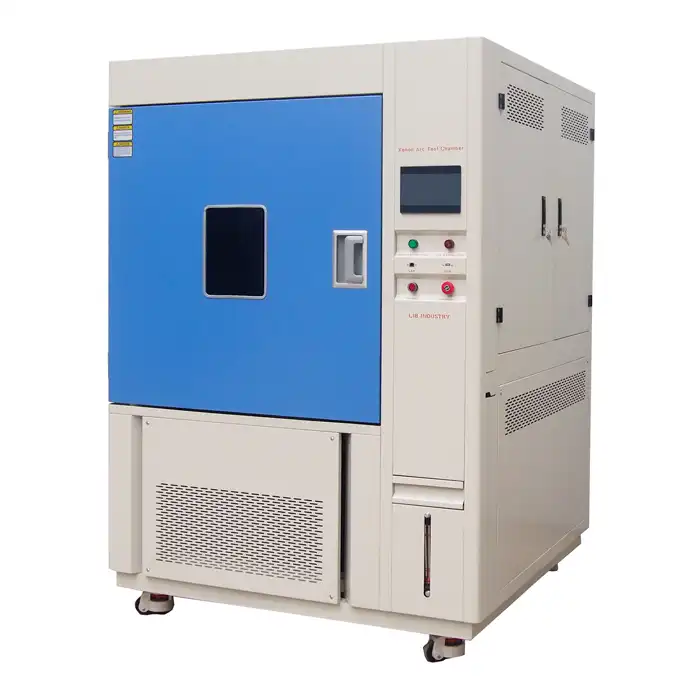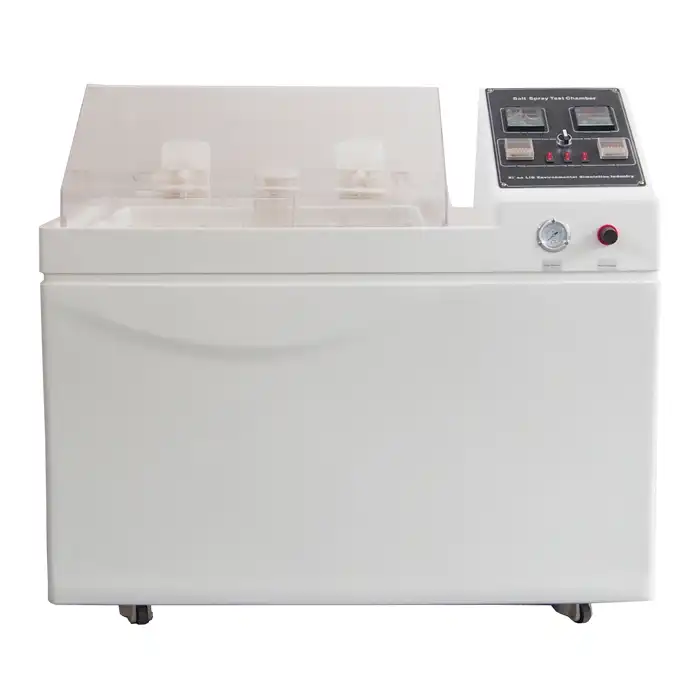Exploring the Full-Spectrum Capabilities of Xenon Weatherometers
The xenon weatherometer is an essential piece of equipment in environmental testing to simulate the effects of sunlight, heat, and moisture on materials. Its full spectrum light capabilities make it fundamental to industries seeking to conduct accurate and reliable weathering testing.

Xenon lamp
What is Full-Spectrum Light, and Why is it Crucial for Weathering Tests?
Full-spectrum light refers to the complete range of wavelengths emitted by sunlight, from ultraviolet (UV) to visible and infrared (IR) radiation. In weathering tests, it’s paramount to replicate this full range of solar radiation to assess how various materials will behave when exposed to outdoor conditions. The true power of a xenon weatherometer lies in its ability to replicate this full spectrum, providing accurate data on how products will age, fade, or degrade over time.
By simulating the intensity and distribution of natural sunlight, xenon weatherometers offer manufacturers a reliable way to predict the longevity and performance of their materials, ensuring that products meet quality and safety standards before they hit the market.
Breaking Down the Light Spectrum: UV, Visible, and Infrared Radiation in Xenon Testing
The light spectrum can be divided into three key parts that play a significant role in weathering tests:

full spectrum
- Ultraviolet (UV) Radiation: UV light is one of the most damaging components of sunlight. It causes polymers to break down, fades colors, and weakens materials. Xenon weatherometers precisely simulate UV radiation, allowing manufacturers to test how their products will stand up to long-term exposure. For example, automotive paints and coatings undergo rigorous UV testing to ensure they can withstand years of sun exposure without fading or cracking. Studies show that UV exposure is responsible for over 50% of weathering damage in outdoor environments, making it a critical factor in testing.
- Visible Light: While not as damaging as UV radiation, visible light still plays a role in weathering, particularly in terms of fading. Pigments, dyes, and textiles are often tested for their resistance to visible light to ensure long-lasting vibrancy. Xenon weatherometers' replication of visible light ensures that these materials maintain their aesthetic appeal over time.
- Infrared (IR) Radiation: IR radiation primarily contributes to heat generation. In outdoor environments, high heat can lead to warping, cracking, and other forms of thermal degradation. With the precision of xenon weatherometers, industries can test materials like plastics and rubber for their resilience under prolonged heat exposure, helping to prevent product failures in real-world conditions.
How Xenon Weatherometers Simulate Natural Sunlight with High Precision?
Xenon weatherometers use xenon arc lamps to closely mimic the spectral distribution of natural sunlight, including UV, visible, and IR radiation. This precise simulation is achieved through filters that adjust the light to match the solar spectrum accurately. The result is a highly controlled testing environment where the intensity, duration, and wavelength of light can be fine-tuned to replicate specific climate conditions, from tropical sun exposure to high-altitude UV.

Daylight filter
For example, a weatherometer can be programmed to simulate the effects of multiple years of sunlight exposure in a matter of days or weeks, allowing manufacturers to rapidly gather data on the long-term durability of their products. This accelerated testing is particularly valuable in industries such as automotive, aerospace, and construction, where product longevity and reliability are critical.
The Role of Full-Spectrum Exposure in Meeting Industry Testing Standards
Industries worldwide rely on standardized tests to ensure their products comply with safety and durability requirements. Xenon weatherometers play a pivotal role in meeting these standards by providing consistent and repeatable full-spectrum light exposure. Common testing standards, such as ASTM G155 and ISO 4892, specify the use of xenon arc lamps to simulate natural sunlight for accelerated weathering tests.
For instance, in the automotive industry, components such as dashboards, seats, and exteriors must undergo stringent testing under full-spectrum light to meet quality benchmarks. Similarly, in the coatings' industry, paints and finishes are tested to ensure they won't degrade under prolonged sunlight exposure. The ability of xenon weatherometers to simulate sunlight with such precision ensures that products meet these industry standards, guaranteeing performance and safety in real-world conditions.
LIB Xenon Weatherometer - Applications in Various Industries
At LIB Industry, we specialize in providing cutting-edge solutions for environmental testing, and our xenon weatherometers are no exception. These weatherometers are designed to offer unmatched precision in simulating natural sunlight, making them ideal for a wide range of applications across industries.
|
|
- Automotive: Our xenon weatherometers are used to test the durability of automotive parts, coatings, and interiors, ensuring they can withstand years of exposure to sunlight and heat without degradation.
- Textiles and Plastics: In the textile industry, our weatherometers test fabrics for colorfastness and material integrity. Meanwhile, plastics manufacturers rely on our devices to assess the longevity of their products under harsh sunlight conditions.
- Coatings and Paints: The robustness of paints and coatings is critical in industries such as construction and aerospace. Our xenon weatherometers ensure that these materials are tested for UV, visible light, and heat resistance, ensuring long-lasting protection and appearance.
For more information on our xenon weatherometers or to discuss your environmental testing needs, contact us at ellen@lib-industry.com.
References
1. ASTM International. (2019). Standard Practice for Operating Xenon Arc Light Apparatus for Exposure of Non-Metallic Materials. ASTM G155.
2. ISO. (2020). Plastics - Methods of Exposure to Laboratory Light Sources - Part 2: Xenon-Arc Lamps. ISO 4892-2.
3. Schmid, U., & Meier, U. (2018). Accelerated Weathering Tests for Coatings and Plastics: A Critical Review. Journal of Materials Testing, 62(5), 931–943.
4. Quesada, G., & García, F. (2021). Weathering Resistance of Automotive Parts: A Comprehensive Study of UV and Heat Degradation. Materials Science in Practice, 88(3), 465-482.





.jpg)
